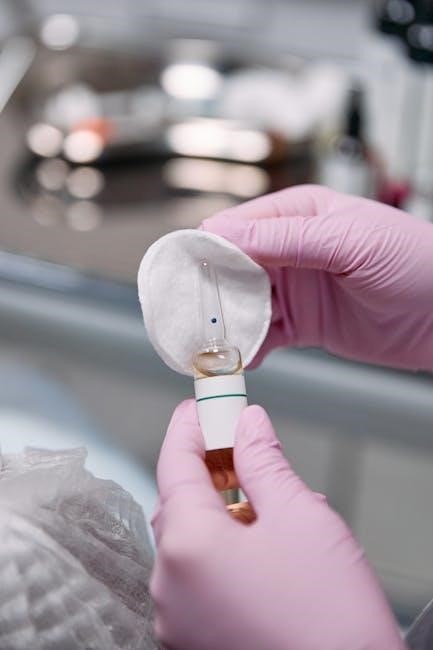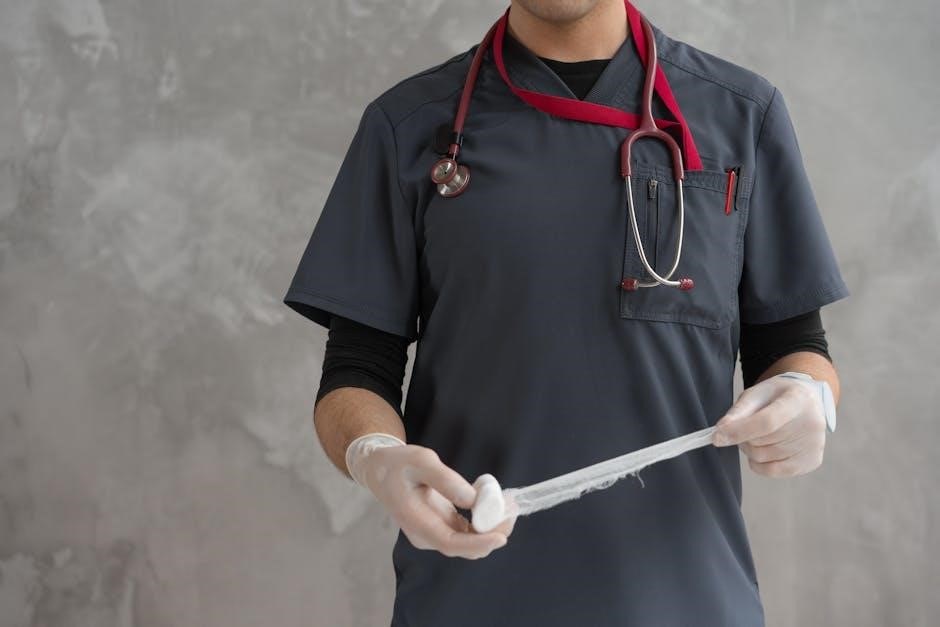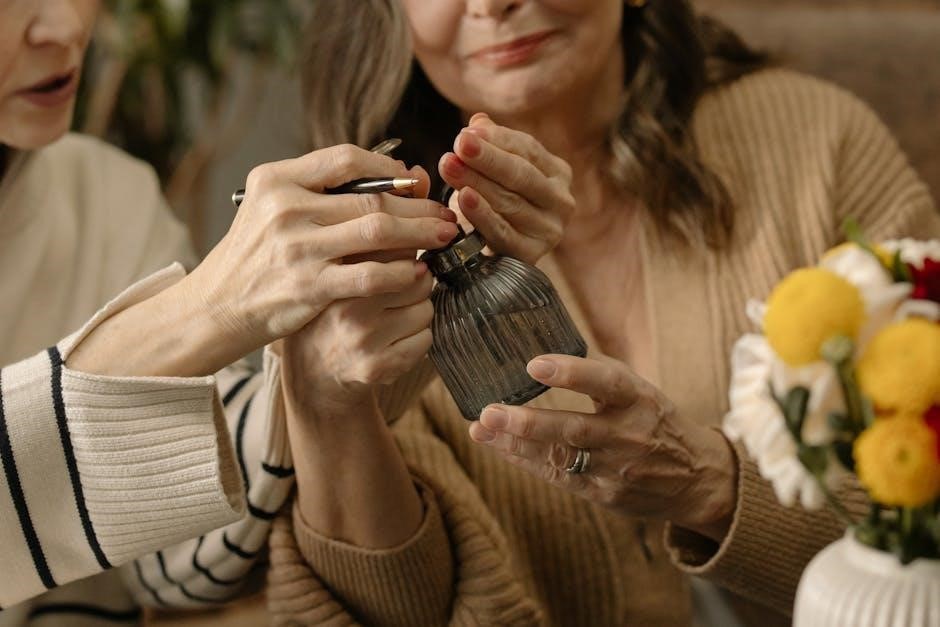
Nursing care for intra aortic balloon pump involves managing patients with acute heart failure, using
guidelines
to ensure safe and effective therapy, and monitoring for potential complications to improve clinical outcomes always.
Overview of Intra Aortic Balloon Pump Therapy
Intra aortic balloon pump therapy is a mechanical support device used to help the heart pump blood more effectively. This therapy is typically used in patients with acute heart failure, cardiogenic shock, or those undergoing high-risk cardiac procedures. The intra aortic balloon pump works by inflating a balloon in the aorta, which increases blood pressure and improves blood flow to the heart and other vital organs. The therapy is usually initiated in an intensive care unit setting, where patients can be closely monitored for potential complications. According to current guidelines, intra aortic balloon pump therapy should be used in conjunction with other treatments, such as pharmacological management and mechanical interventions, to improve patient outcomes. The therapy is typically used for a short period, until the patient’s condition stabilizes or until more definitive treatment can be initiated. Overall, intra aortic balloon pump therapy is an important tool in the management of acute heart failure and other cardiac conditions. The therapy requires close monitoring and management by a skilled healthcare team to ensure optimal results.

Guidelines for Management of the Intra Aortic Balloon Pump
Establishing guidelines for intra aortic balloon pump management ensures safe and effective use of therapy always using
- specific protocols.
Purpose of the Guidelines
The purpose of the guidelines for intra aortic balloon pump nursing care is to provide a framework for nurses to manage patients receiving this therapy.
The guidelines outline the assessment, monitoring, and management of patients with intra aortic balloon pumps, ensuring safe and effective use of the device.
They also aim to improve patient outcomes by reducing complications and promoting optimal hemodynamic responses.
The guidelines are based on current evidence and best practices, and are designed to be used in conjunction with other resources, such as manufacturer instructions and hospital policies.
By following these guidelines, nurses can provide high-quality care to patients with intra aortic balloon pumps, and help to improve their overall health and well-being.
The guidelines are an essential resource for nurses working in critical care settings, and can help to ensure that patients receive the best possible care.
Overall, the purpose of the guidelines is to promote safe, effective, and patient-centered care for those receiving intra aortic balloon pump therapy.
Assessment and Monitoring of Patients with Intra Aortic Balloon Pump
Assessment and monitoring of patients with intra aortic balloon pumps are crucial to ensure safe and effective therapy.
Nurses should continuously monitor the patient’s hemodynamic status, including blood pressure, heart rate, and cardiac output.
They should also assess the patient’s overall clinical condition, including signs and symptoms of complications such as bleeding, infection, or thrombosis.
The intra aortic balloon pump console should be monitored regularly to ensure proper functioning and to troubleshoot any issues that may arise.
Nurses should also be aware of the patient’s medication regimen and any potential interactions with the intra aortic balloon pump therapy.
Regular assessment and monitoring enable nurses to quickly identify any issues and take prompt action to prevent complications and improve patient outcomes.
By using a combination of clinical judgment and technological monitoring, nurses can provide high-quality care to patients with intra aortic balloon pumps.
Effective assessment and monitoring are essential components of intra aortic balloon pump nursing care, and are critical to achieving optimal patient outcomes.

Nursing Considerations for Intra Aortic Balloon Pump Therapy
Nursing considerations involve
patient
education and support to manage therapy and prevent complications always effectively.
Anticipating Patients Hemodynamic Responses
Nursing care involves anticipating patients hemodynamic responses to intra aortic balloon pump therapy, including changes in blood pressure, cardiac output, and systemic vascular resistance.
Close monitoring of patients is essential to quickly identify any adverse responses and make necessary adjustments to therapy.
Understanding the mechanics of the intra aortic balloon pump and its effects on cardiovascular function is crucial for nurses to provide effective care.
By anticipating potential hemodynamic responses, nurses can take proactive steps to prevent complications and optimize patient outcomes.
This requires a thorough understanding of the patient’s underlying cardiac condition, as well as the principles of intra aortic balloon pump therapy.
Nurses must be able to interpret data from hemodynamic monitors and make informed decisions about patient care.
Effective communication with other healthcare team members is also essential to ensure that patients receive comprehensive and coordinated care.
Overall, anticipating patients hemodynamic responses is a critical aspect of intra aortic balloon pump nursing care;
Avoiding Complications and Improving Clinical Outcomes
Avoiding complications is crucial in intra aortic balloon pump nursing care to improve clinical outcomes for patients.
Nurses play a key role in identifying potential complications early and taking proactive steps to prevent them.
Close monitoring of patients and their hemodynamic responses to therapy is essential to quickly identify any adverse effects.
Timely interventions can help prevent complications such as bleeding, infection, and vascular damage.
Effective nursing care also involves optimizing patient positioning, mobility, and activity levels to prevent complications.
Nurses must be aware of the potential risks and benefits of intra aortic balloon pump therapy and take steps to minimize risks.
By avoiding complications and optimizing patient care, nurses can help improve clinical outcomes for patients receiving intra aortic balloon pump therapy.
Overall, avoiding complications is a critical aspect of intra aortic balloon pump nursing care, requiring close monitoring, timely interventions, and effective patient management.
This approach helps to ensure the best possible outcomes for patients.

Management of Patients with Intra Aortic Balloon Pump
Patients require close monitoring and
care
to manage potential complications and improve outcomes with intra aortic balloon pump therapy always and effectively.
Safe and Effective Use of Intra Aortic Balloon Pump Therapy
The safe and effective use of intra aortic balloon pump therapy requires careful consideration of patient selection, device placement, and ongoing management. Nurses play a critical role in ensuring that patients receive appropriate care and monitoring during intra aortic balloon pump therapy. This includes closely monitoring patient hemodynamics, watching for signs of complications, and adjusting device settings as needed. The use of intra aortic balloon pump therapy can be complex and requires a comprehensive understanding of the device and its potential effects on patient physiology. By following established guidelines and protocols, nurses can help to ensure the safe and effective use of intra aortic balloon pump therapy, ultimately improving patient outcomes. Effective communication and collaboration with other members of the healthcare team are also essential for optimizing patient care and achieving desired outcomes with intra aortic balloon pump therapy;
Pharmacological Management and Mechanical Interventions
Pharmacological management and mechanical interventions are crucial components of intra aortic balloon pump nursing care. Nurses must be knowledgeable about the various medications used to support patients with intra aortic balloon pumps, including inotropes, vasopressors, and vasodilators. Mechanical interventions, such as intra aortic balloon pump therapy, are used to support cardiac function and improve patient outcomes. The use of these interventions requires careful monitoring and adjustment to ensure optimal patient care. Nurses must be able to assess patient responses to these interventions and make adjustments as needed. This may involve collaborating with other members of the healthcare team, such as physicians and pharmacists, to ensure that patients receive comprehensive and effective care. By combining pharmacological management and mechanical interventions, nurses can help to improve patient outcomes and reduce the risk of complications associated with intra aortic balloon pump therapy. Effective management of these interventions is critical to achieving optimal patient care.

Current Guidelines and Recommendations for Intra Aortic Balloon Pump Nursing Care
Current guidelines recommend early revascularisation and mechanical interventions for optimal patient outcomes and improved care always using
specific protocols.
Importance of Early Revascularisation and Mechanical Interventions
Early revascularisation and mechanical interventions are crucial in the management of patients with intra aortic balloon pump therapy. The use of intra aortic balloon pump in conjunction with early revascularisation has been shown to improve patient outcomes and reduce mortality rates. Mechanical interventions such as intra aortic balloon pump therapy can help to reduce the workload of the heart and improve cardiac output. This can be especially beneficial for patients who are experiencing acute heart failure or cardiogenic shock. The importance of early revascularisation and mechanical interventions cannot be overstated, as it can significantly impact patient outcomes and improve the effectiveness of intra aortic balloon pump therapy. By using a combination of these interventions, healthcare providers can help to improve patient outcomes and reduce the risk of complications. Effective management of patients with intra aortic balloon pump therapy requires a comprehensive approach that includes early revascularisation and mechanical interventions.